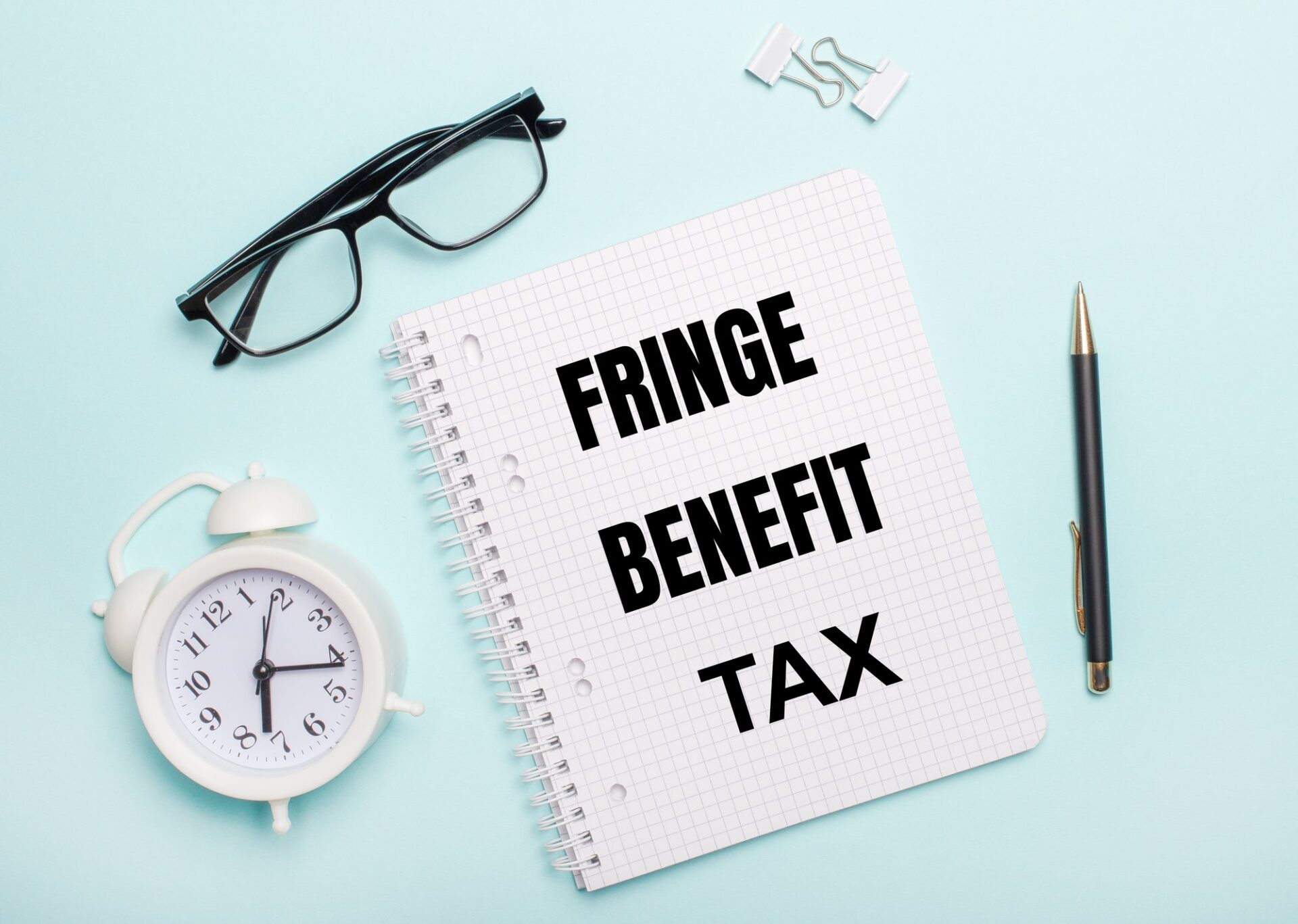Are you an Australian employer providing company cars to your staff and perplexed about how Fringe Benefit Tax rules work? It’s essential to understand the Fringe Benefits Tax (FBT) implications to avoid surprises at tax time. In this ultimate guide, let’s take a deep dive into everything you as an employer need to know about FBT on company cars. From key concepts and exemptions to valuation methods and practical strategies, we’ve got you covered.
What is Fringe Benefits Tax on Cars?
Fringe Benefits Tax (FBT) is a tax paid by employers on non-cash benefits provided to employees, such as allowing private use of a company car. The FBT year runs from April 1 to March 31, with FBT calculated at 47% of the taxable value of the benefit.
When does a car fringe benefit arise?
A car fringe benefit occurs when:
- The car is owned or leased by the employer (including under a novated lease arrangement)
- The car is made available for the private use of an employee or their associate
What counts as private use?
Private use is a broad concept for FBT purposes. It includes situations where:
- The employee has permission to use the car privately, even if it’s garaged at the employer’s premises
- The car is garaged at the employee’s home, regardless of actual private use
Importantly, simply driving the car between home and work is considered private use for FBT calculations.
Can Your Company Car Qualify for FBT Exemptions?
Not all company cars will trigger FBT liability. There are several key exemptions employers should be aware of:
1. The New Electric Vehicle Exemption (2023-24)
In exciting news for employers, the electric vehicles with a luxury car tax value below $89,332 are fully exempt from FBT. This opens up significant opportunities for businesses to transition to an electric fleet and eliminate FBT liability. However, this will need to be fully electric from 1 April 2025. The hybrid electric cars would not meet this exemption.
2. Work-Related Travel Exemption
A car may be exempt from FBT if its private use is strictly limited to “work-related travel”. To qualify, all the following conditions must be satisfied:
- The car’s GST-inclusive value is below the luxury car tax threshold when acquired ($89,332 for fuel-efficient vehicles, $76,950 for others in 2023-24)
- The car is not provided as part of a salary packaging arrangement
- The employer has a policy in place limiting private use
- Private travel between home and work does not add more than 2km to the overall trip length
- Total private travel (other than home to work) is less than 1,000km and any return journey does not exceed 200km
To claim this exemption, employers must be diligent in monitoring and recording usage to ensure the conditions are continuously met.
3. Exempt Vehicle Categories
Decide on the company’s share structure, including the number of shares and their value.
Prepare a shareholders’ agreement if there are multiple shareholders. While not mandatory, it can help clarify ownership and responsibilities.
Obtain an Australian Business Number (ABN)
Certain vehicles that do not meet the definition of a “car” for FBT purposes are exempt if used exclusively for business. This includes:
- Motorcycles
- Vehicles designed to carry a load of one tonne or more (e.g., certain utes and vans)
- Vehicles designed to carry nine or more passengers (e.g., minibuses)
- Taxis and other vehicles used for short-term hire
Calculating FBT on Cars: Valuation Methods Explained
If no exemption applies, employers must calculate the taxable value of the car fringe benefit. There are two valuation methods to choose from:
1. Statutory Formula Method
Under this method, a flat 20% of the car’s base value is deemed to be the taxable value. The base value is the car’s cost price, reduced by any trade-in or employee contributions, and increased by non-business accessories, dealer delivery costs, GST, and luxury car tax.
While simple to calculate, the statutory formula method may not reflect the car’s actual business use.
2. Operating Cost Method
The operating cost method involves tracking the car’s actual running costs, such as fuel, servicing, registration, insurance, deemed depreciation, and deemed interest. These costs are then multiplied by the percentage of private use determined via a valid logbook.
This method requires more record-keeping but can result in a lower taxable value if the car has a high proportion of business use or if running costs are low compared to the car’s base value.
Employers can choose the method that yields the lowest taxable value each FBT year, provided the necessary records are maintained.
How Can Employers Manage FBT Liability on Cars?
There are several practical strategies employers can implement to manage and minimise FBT liability on company cars:
- Encourage employees to minimise private use and maintain accurate logbooks
- Consider transitioning to an electric vehicle fleet to qualify for the new exemption
- Review salary packaging policies – making private use optional rather than mandatory may allow some cars to qualify for exemption
- Require employee contributions (e.g., via after-tax payroll deductions) to reduce the taxable value
- Choose the most advantageous valuation method each year based on usage patterns and costs
- Keep detailed records to support any exemption claims, particularly for the work-related travel exemption
FBT Compliance and Record-Keeping for Employers
Employers providing car fringe benefits must lodge an FBT return and pay any liability by May 21 each year (or June 25 if using a tax agent).
Accurate record-keeping is essential for FBT compliance and to support exemption claims. Key records to maintain include:
- Employee logbooks detailing business vs. private travel
- Odometer readings at the start and end of the FBT year
- Purchase documents and registration papers
- Running cost receipts and invoices
- Details of any employee contributions
- Documentation of policy limiting private use (for work-related travel exemption)
Expert FBT Advice: The Smart Move for Employers
Navigating FBT on company cars can be complex, with nuanced exemption criteria and detailed valuation calculations. Mistakes can be costly, resulting in unexpected FBT liabilities and potential penalties.
To optimise your FBT position, minimise liabilities, and ensure full compliance, it’s crucial to engage a knowledgeable tax professional. They can provide tailored advice based on your unique circumstances and help you implement effective FBT management strategies.
Frequently Asked Questions About FBT on Company Cars
1.What is the current FBT rate for company cars?
The FBT rate for the 2023-24 FBT year is 47% of the taxable value of the car fringe benefit.
2.What are the key exemptions for company cars?
The main exemptions are the new electric vehicle exemption (from April 1, 2023), the work-related travel exemption (subject to strict conditions), and certain exempt vehicle categories like motorcycles and vehicles designed to carry one tonne or more.
3.How can employers calculate the taxable value of a company car?
Employers can choose between the statutory formula method (20% of the car’s base value) or the operating cost method (actual running costs multiplied by the percentage of private use). The method yielding the lowest taxable value can be used.
4.What records do employers need to keep for FBT on company cars?
Key records include employee logbooks, odometer readings, purchase and registration documents, running cost receipts, employee contribution details, and policy documentation for exemption claims.
5.How can employers minimise FBT liability on company cars?
Strategies include minimising private use, transitioning to electric vehicles, making private use optional in salary packaging, requiring employee contributions, choosing the optimal valuation method, and maintaining detailed records.
Taking a proactive approach to managing FBT on company cars is essential for employers. By understanding the rules, claiming available exemptions, implementing smart strategies, and seeking expert advice, you can confidently provide this valued employee benefit while keeping your FBT liability under control.
Don’t let FBT drive you off course – take the wheel and steer your business to a more tax-effective future today. Call us today if you provide vehicles to your employees or you are the sole director and shareholder of the company that can also apply.
Related posts:
No related posts.




